Since 2018, Weed Strikeforce, led by the Department of Conservation, has been working to rid Te Waihora/Lake Ellesmere of willows and other problematic weeds.
By controlling invasive pest plant species, we’re creating habitat to prevent the loss of Aotearoa’s precious swamp birds, like the mātaku-hūrepo/Australasian bittern and koitareke/marsh crake, along the lakeshore of Te Waihora.
Pest plant control sees promising gains
Within a few short years, significant progress has been made to restore the lakeshore wetlands.
Since 2020, the Weed Strikeforce project has been eradicating grey willow and other invasive pest plants, like yellow flag iris, reed canary grass, blackberry, elderberry and gorse around the wetland margins of the lake. As a result, native plants have begun to regenerate and flourish over large areas, at a fraction of the cost of large-scale planting.
This restoration has also been accelerated and supported by the Kahuria Te Waihora forest restoration project, which has planted thousands of trees at complementary sites.
To date, we’ve:
- controlled over 36,000 ha of lake margin land weeds, including repeat and follow-up work
- planted 350,000 indigenous trees and shrubs across 70 ha at 6 locations
- possums, mustelids, rats, and hedgehogs are controlled over 350 ha with 7 traplines.
Invest in our mahi to maintain weed control gains
To maintain the momentum of the current work programme, we are seeking to secure an additional $3.4 million in funding over the next 3 years to:
- maintain all previous weed control gains and existing traplines
- plant a further 150,000 native trees and shrubs
- expand the weed control programme to additional sites around the lakeshore.
Achieving these targets will be a significant step in restoring the whole of Te Waihora’s lakeshore back to wetlands.
Problematic weeds
Grey willow (pussy willow), yellow flag iris, reed canary grass, blackberry, elderberry and gorse are all targets of Weed Strikeforce, which is delivered by the Department of Conservation Te Papa Atawhai and jointly funded by Environment Canterbury and Te Papa Atawhai.
Invasive non-native willows, both grey and crack willow, are now present within nearly one-third of the lakeshore freshwater wetlands. Grey willow (Salix cinerea) in particular is a challenge on the west side of the lake, where the area of crack- and/or grey willow-dominant forest and scrub vegetation was found to have doubled over 25 years between the early 1980s and 2007.
Grey willow is considered one of the top ten most invasive weed species in seven of the thirteen Department of Conservation Te Papa Atawhai conservancies around New Zealand, and willow spread has been one of the main causes of reduced extent of native freshwater wetland vegetation around the lake shore.
Vegetation at risk from further spread includes any of the remaining harakeke/flax and raupō stands.
It takes two to four years to achieve total control of grey willow in an area, but reseeding is often a problem if adjacent landowners are not controlling willow on their land. To gauge progress, monitoring is undertaken to assess how well willows have responded to spraying and if there have been any changes in native vegetation.
With the lakeshore work nearing completion, once the lakeside work is complete, the team has started to will move onto willow and weed control along the tributaries.
Protecting our precious ecosystem
"With less than 1% indigenous vegetation cover remaining on the Canterbury Plains, our native ecosystems are incredibly vulnerable. Te Waihora is home to much of this indigenous vegetation cover and supports some of the most extensive wetland habitat in the eastern South Island. Our vision is for this environment to thrive and have the space to flourish and spread. Removing weed competition is a cost effective strategy in achieving this goal and the Weed Strikeforce project has the ability to take on the entire lake margin with a strategic and well planned approach," - Gary Boyd, of the Department of Conservation’s Weed Strike Force said.
Weeds are also controlled in ecologically sensitive areas of Lakeside and Harts Creek Wildlife Management Reserves.
These sites are home to some of New Zealand’s most special and secretive swamp birds, such as matuku/Australasian bittern and koitareke/marsh crake.
The Weed Strikeforce team helps stop the loss of their native habitat caused by willows invading wetlands.
If you think you have seen an unusual plant or aquatic animal in a waterway let us know. Contact a biosecurity officer through Environment Canterbury Customer Services on 0800 324 636.
Learn more about different weeds
Use these websites to identify and learn more about different weeds and how to tackle them:
- Weed list - Search from a list of over 100 weeds - Weedbusters
- Weed identification key - Identify over 650 weeds - Landcare Research
- Search for an exotic plant from a list of over 2,500 naturalised plants - NZ Plant Conservation Network
- Information on unwanted marine pests - Marine Biosecurity Porthole
- New Zealand Marine Pest ID Guide - Ministry for Primary Industries
- Be a warrior in the War on Weeds - Department of Conservation
- Weed Strikeforce in full swing at Te Waihora - Environment Canterbury
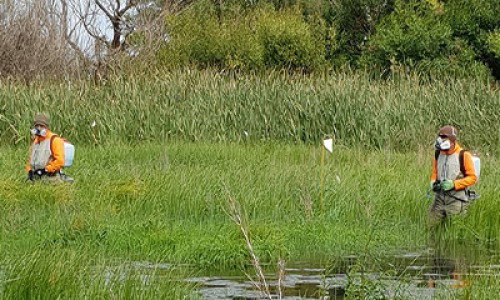
25 Jun 2020
Weed Strikeforce in full swing at Te Waihora
In 2020 Te Waihora/Lake Ellesmere’s Weed Strikeforce team aim to stop the spread of seed-producing female grey willow trees around the edges of Te Waihora/Lake Ellesmere.
Learn more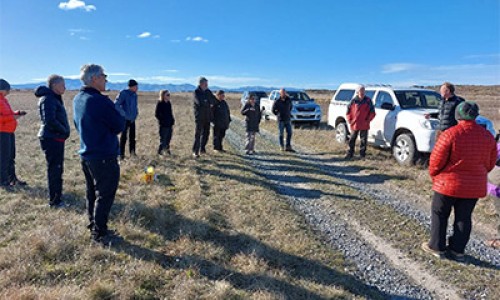
08 Jul 2022
Trapping key threats on Kaitorete
A trapping project on Kaitorete is helping reduce the number of animal pests across 5,000 hectares of biodiversity-rich land.
Learn more
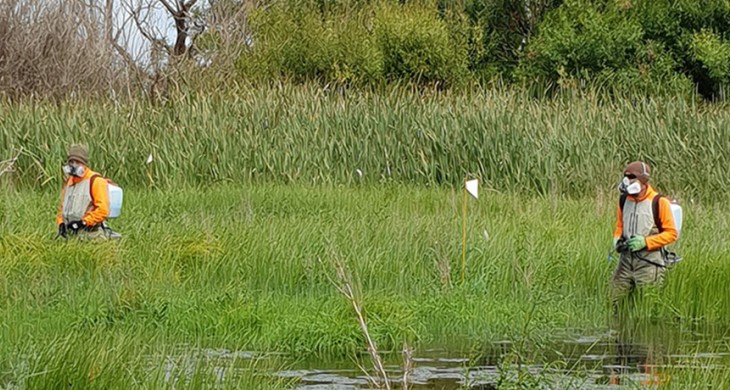
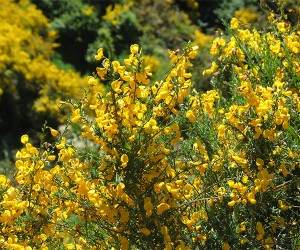 Gorse seeds first arrived in New Zealand in the early 1800s in response to the English settlers’ desire for hedging. A natural lack of control agents in New Zealand, combined with high seed production, unpalatability to stock and invasive, colonising growth habitats, have allowed gorse to become the widespread problem it is today.
Gorse seeds first arrived in New Zealand in the early 1800s in response to the English settlers’ desire for hedging. A natural lack of control agents in New Zealand, combined with high seed production, unpalatability to stock and invasive, colonising growth habitats, have allowed gorse to become the widespread problem it is today.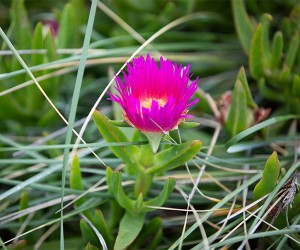 The ice plant (Carpobrotus edulis) is long-lived and is a common sight around some parts of Te Waihora, particularly along Kaitorete Spit and the beach areas just south of the spit. The species reproduces by seed and vegetatively via its fleshy stems.
The ice plant (Carpobrotus edulis) is long-lived and is a common sight around some parts of Te Waihora, particularly along Kaitorete Spit and the beach areas just south of the spit. The species reproduces by seed and vegetatively via its fleshy stems.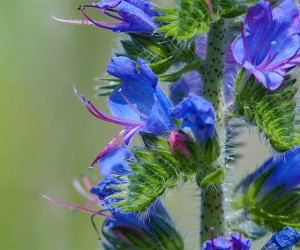 Viper’s bugloss or blueweed (Echium vulgare) is an invasive weed in Australia and New Zealand. In the summer months, it is frequently seen growing around Te Waihora where it has successfully displaced many other plants. This densely bristled annual or biennial herb has a long tap root and grows to around 50-90cm high.
Viper’s bugloss or blueweed (Echium vulgare) is an invasive weed in Australia and New Zealand. In the summer months, it is frequently seen growing around Te Waihora where it has successfully displaced many other plants. This densely bristled annual or biennial herb has a long tap root and grows to around 50-90cm high.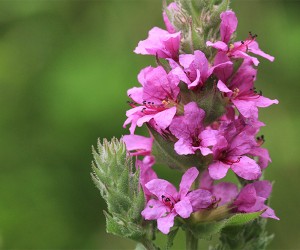 Purple loosestrife was previously sold as a garden plant but has been declared an unwanted organism in New Zealand by the Biosecurity Act 1993 and consequently is banned from sale, propagation or division.
Purple loosestrife was previously sold as a garden plant but has been declared an unwanted organism in New Zealand by the Biosecurity Act 1993 and consequently is banned from sale, propagation or division.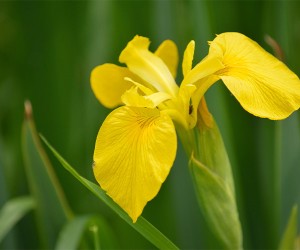 Yellow flag iris (Iris pseudacorus), is listed in the
Yellow flag iris (Iris pseudacorus), is listed in the 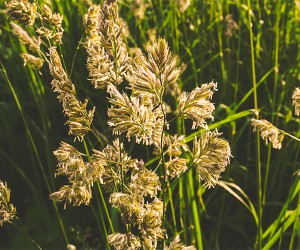 Reed canary grass was first recorded in Te Waihora lake shore wetlands in 2009. Reed canary grass is becoming a significant weed species around Te Waihora.
Reed canary grass was first recorded in Te Waihora lake shore wetlands in 2009. Reed canary grass is becoming a significant weed species around Te Waihora.